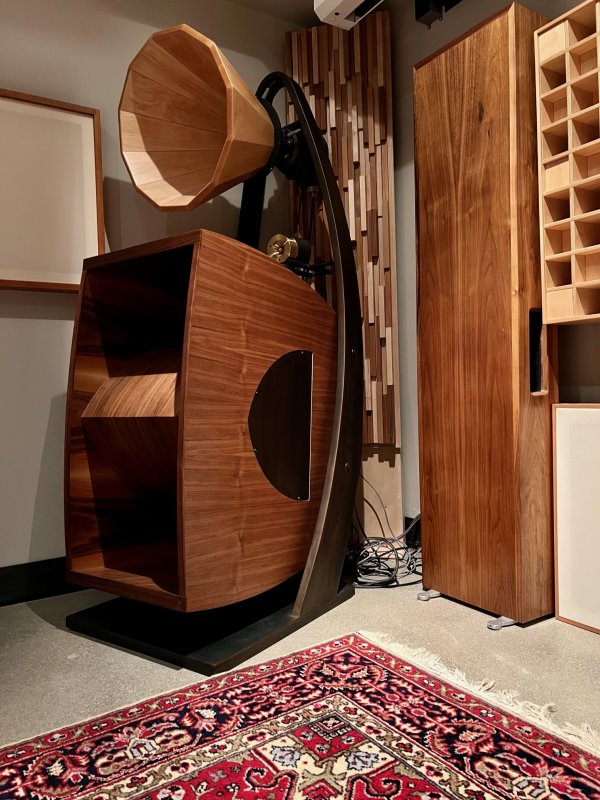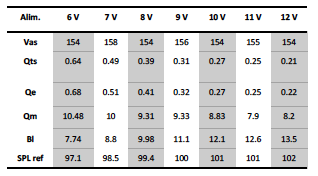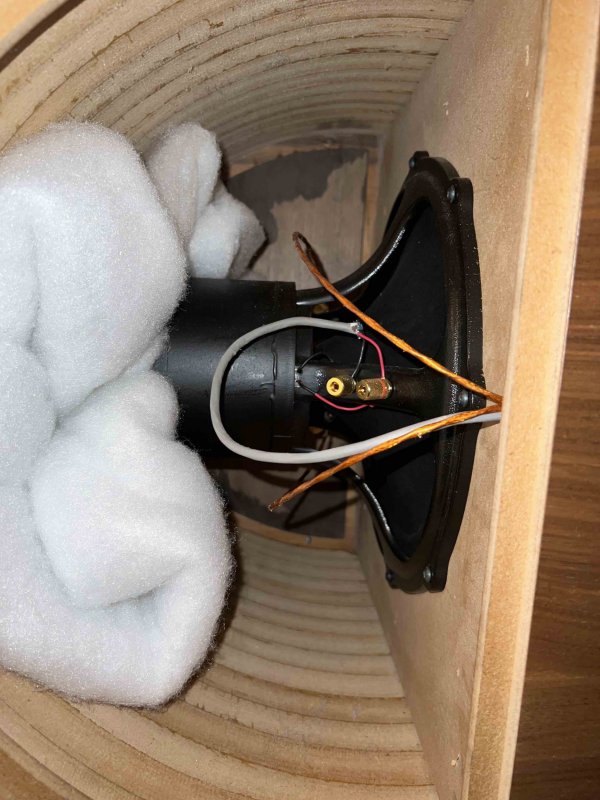that final capacitor is important in EVERY linear PSU, it even matters the world on the 12V rail going into the CPU in my audio server....
from what I heard in discussion with folks I trust on the matter is the hysteresis difference between various permanent magnets and FC an important factor for sound quality differences, a side effect of having a PSU is you can tweak a driver somewhat yet I am not aware it's a dial a T-S parameter smorgasbord ;-)
from what I heard in discussion with folks I trust on the matter is the hysteresis difference between various permanent magnets and FC an important factor for sound quality differences, a side effect of having a PSU is you can tweak a driver somewhat yet I am not aware it's a dial a T-S parameter smorgasbord ;-)










